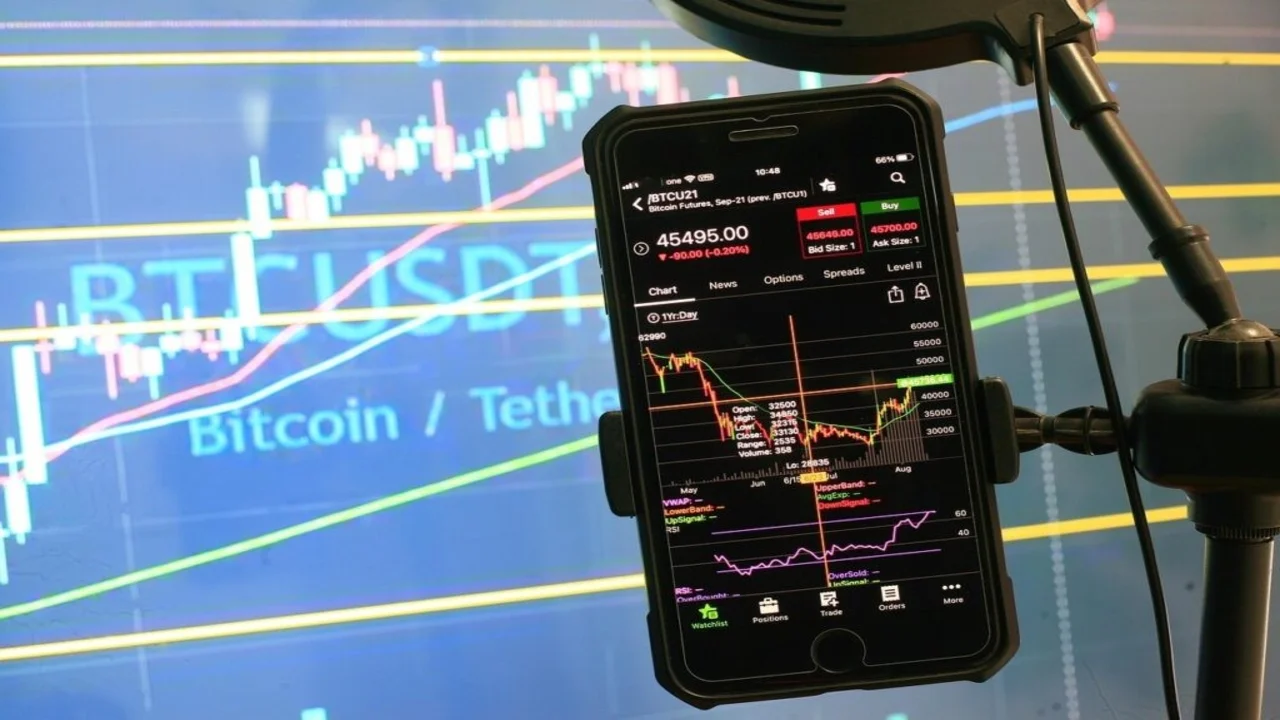In Myanmar’s crowded markets and online spaces, a quiet fascination has begun to take root. Traders who once dealt strictly in cash or commodities are starting to explore something entirely digital. It’s not a revolution, not yet, but a growing sense that the way money moves is changing. People talk about coins, wallets, and prices between cups of tea, trying to piece together how this new system works and where they might fit within it.
At first, the idea felt distant. Global headlines about sudden gains and losses seemed irrelevant to daily life in Mandalay or Yangon. But over time, those stories sparked curiosity. Friends shared links, colleagues compared notes, and small Telegram groups formed to discuss trends. Many joined out of simple interest rather than expectation. What surprised them most was how easy it had become to access international platforms. A few clicks on a smartphone could open a portal to a world once limited to finance professionals.
Only after that exposure came a deeper look into crypto trading in Myanmar. Participants began experimenting with small sums enough to learn without risking too much. A teacher might invest a portion of their side income, while a student could try micro-trades to understand charts. Each trade, win or lose, carried lessons. Over time, these personal experiments formed a kind of grassroots education network, built not in classrooms but in chat threads and social channels.
Economic uncertainty continues to fuel this interest. Inflation and currency swings have pushed people to look for value that feels less tied to local instability. Digital assets, though unpredictable, seem to offer a different kind of control. For some, trading has become less about quick profit and more about escaping the limits of traditional systems. This motivation explains why many choose to learn quietly, avoiding public attention while building knowledge step by step.
The shift is noticeable in tone as much as in numbers. A few years ago, talk of digital money drew laughter or doubt. Now, even those who avoid trading admit it might shape the future. Informal mentorship has emerged; experienced users help newcomers set up accounts or explain security measures. These small communities often form between freelancers, IT workers, and students, blending friendship with financial exploration.
Still, trust remains fragile. Scams have spread through online groups, and unverified platforms lure beginners with unrealistic promises. Warnings circulate quickly, teaching caution through hard experience. The government’s position is equally cautious, focusing on fraud prevention while observing how global developments unfold. It’s a wait-and-see approach that mirrors the public’s own hesitation.
In this uncertain space, motivation isn’t always financial. Some traders use digital coins to receive overseas payments or test cross-border transfers. Others see it as a skill that could open doors in the future. There’s pride in mastering something new, even if results vary. These quiet efforts to learn, share, and improve have become the foundation for a new kind of financial awareness that extends beyond geography.
As Myanmar’s younger generation grows more connected, their curiosity continues to evolve. Conversations that once centred on traditional investment now include questions about digital storage, transaction fees, and blockchain transparency. This shift isn’t just about wealth; it’s about identity and participation in a global economy that no longer stops at national borders. The appetite for learning has outpaced regulation, yet it’s shaping a mindset that may define the country’s digital future.
Whatever direction the market takes, one truth is emerging: knowledge is becoming its own form of currency. The more people study, test, and adapt, the more resilient they become. Within this learning curve lies a quiet confidence that crypto trading in Myanmar still imperfect and often misunderstood might one day play a role not just in earning, but in understanding how value itself moves across a connected world.

Brandy Stewart, an enchanting wordsmith and seasoned blogger, weaves compelling narratives that transport readers to uncharted territories. Infused with perceptive viewpoints and dynamic storytelling, Doris exhibits a command of language that enthralls both hearts and minds, leaving a lasting mark on the literary panorama.

